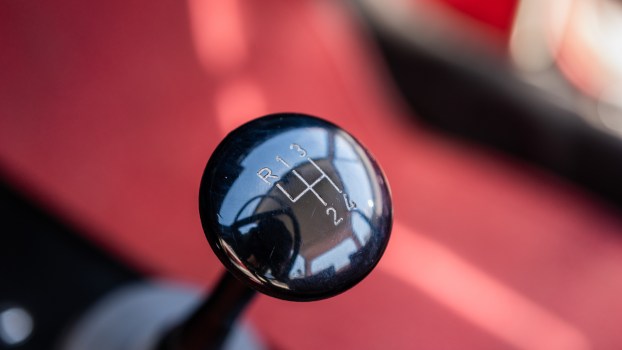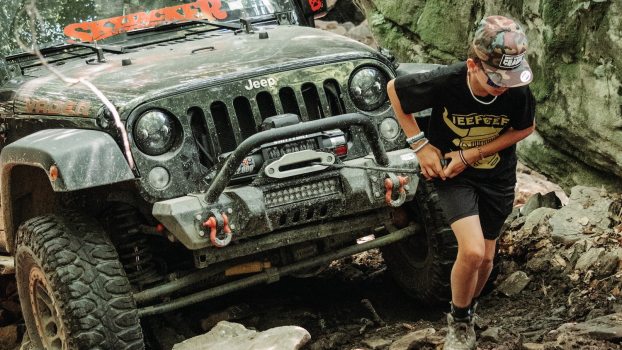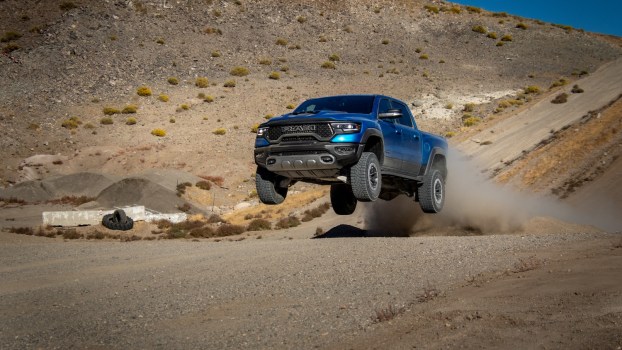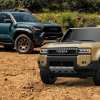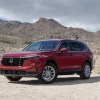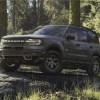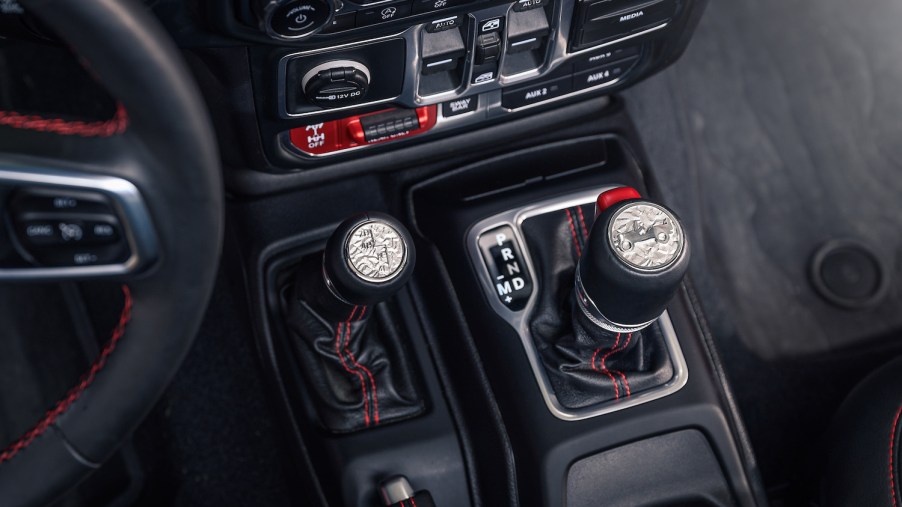
The Manual Locking Differential Has Become the Manual Transmission of Off-Roading
Though some engineers claim automatic transmissions are just as capable as manuals, the stickshift still holds a special place in many automotive enthusiasts’ hearts. It serves to transform the motoring experience by connecting the driver to the road. The locking differential–and even the manual transfer case–may soon be relegated to the same role as an up-sell to enthusiasts buying off-road trucks and SUVs.
Automatic locking differentials
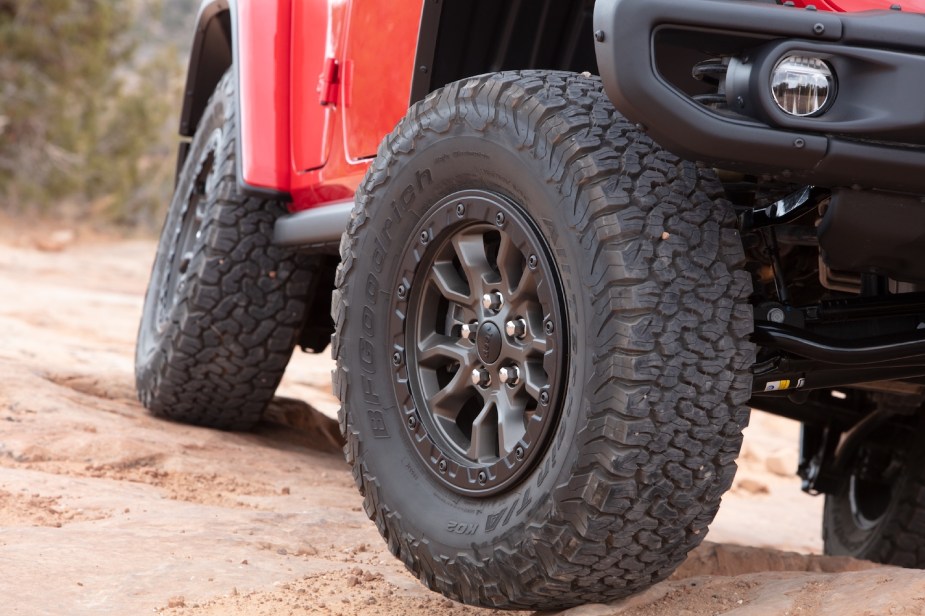
For years, Chevrolet truck buyers who selected a locking differential did not get a manual locking differential that they could control. Instead, GM outfitted these 4×4 trucks with a G80 or an “automatic-locking” differential. Unlike a limited-slip differential, the G80 truly locks the left and right wheels together after it senses that one has started to spin. But it does so without any driver input–according to LC Engineering.
Land Rover is also a pioneer in automatic lockers. This automaker brands its technology as “active locking.” Like the GM 4WDs, Land Rovers equipped with active locking differentials lock the left and right wheels together when you lose traction.
More factory lockers are available than ever
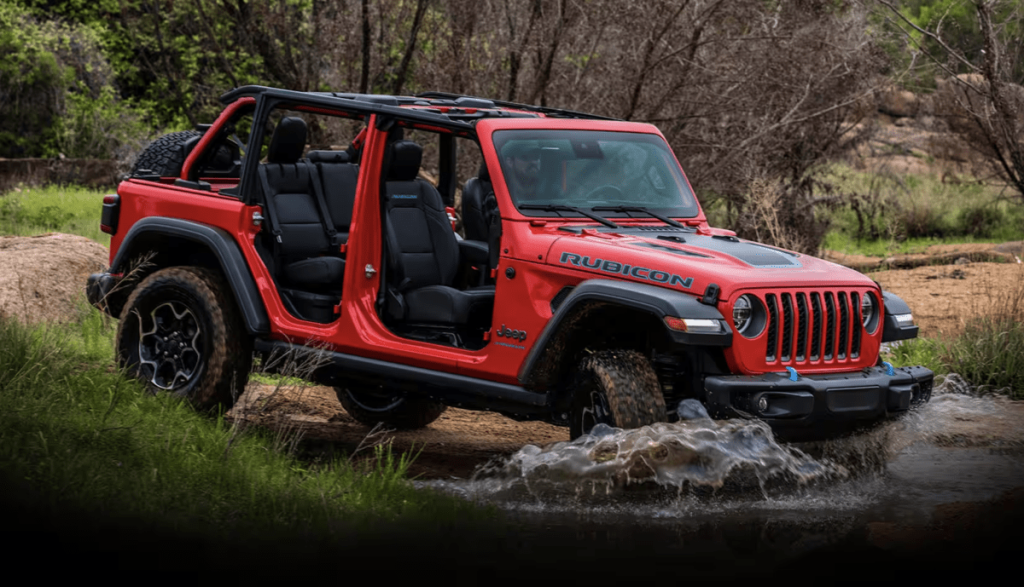
For generations, off-road enthusiasts have been modifying their 4x4s with manual locking differentials. You might think that advancing automatic locking differentials would hurt manual locker sales. But the result has been the opposite.
For years, only a select few truck and SUV trims came from the factory with locking differentials already installed. These were legendary nameplates, such as the Jeep Wrangler Rubicon, Dodge Ram Power Wagon, or Mercedes G Wagen. But in recent years, the number of available factory lockers has gone through the roof.
I count at least 20 different trim levels you can order with electronic locking differentials. The majority only offer a locking rear differential, but a surprising number of vehicles offer electronic locking differentials, both front, and rear. There’s no model I know of that’s available with an air locker from the factory.
Why the rise in manual lockers installed at the factory? It may be because 4×4 enthusiasts crave more control over their off-road experience, even if an automatic locker could get the job done.
Check out a partial list of factory 4x4s with locking differentials.
The rise of full-time 4WD
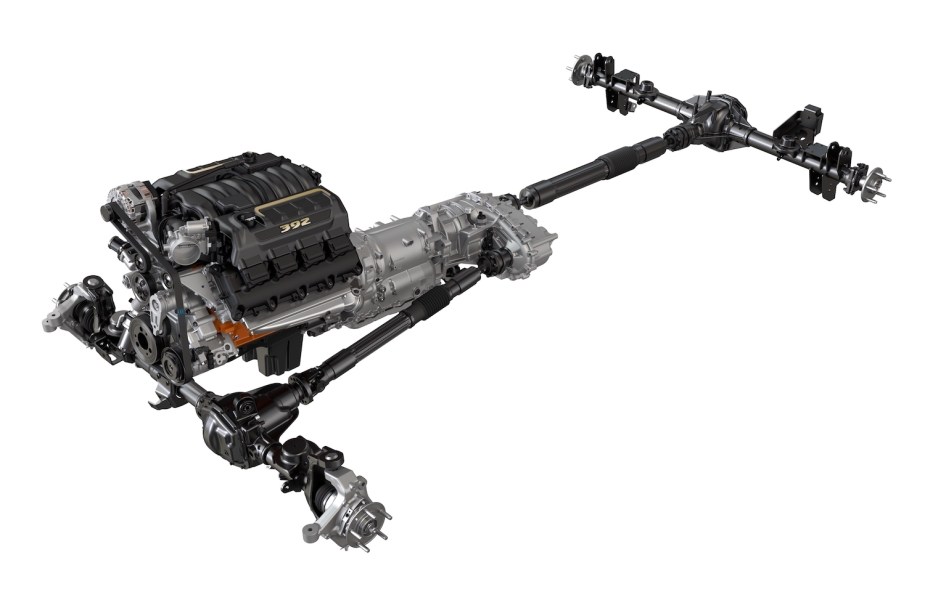
All-wheel drive got a bad rap. Early AWD systems could limit one wheel from spinning, but certain situations required a true locker. Most traditional 4WD systems lock the front and rear axle together and thus can provide a bit more low-speed traction. (But without a diff locker, they don’t lock the wheels left-to-right).
Over the years, automakers have become increasingly good at creating systems that can prevent wheelspin in almost any condition. One major improvement has been a multi-terrain select (MTS) system that essentially locks the wheels together earlier if you tell it you are off-roading with poor traction.
Many of these systems also engage the vehicle’s brakes to stop wheelspin. The result is an incredibly capable off-roader, even with very little driver input.
Yet when automakers install these new systems in some top-trim off-roaders they do not refer to them as AWD. For example, the Ford F-150 Raptor and Ram 1500 TRX are advertised with full time 4WD instead of AWD. But one unique thing about these new trucks is that they have retained their manual Hi/Lo transfer case, just without any 2WD setting.
Next, learn more about the differences between AWD vs full time 4WD or find out whether you need a locking differential in the video below:
